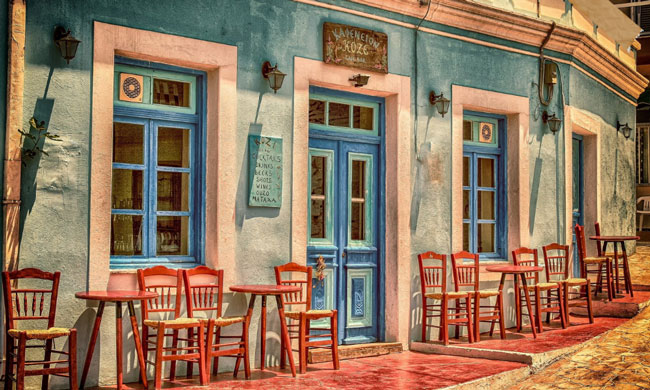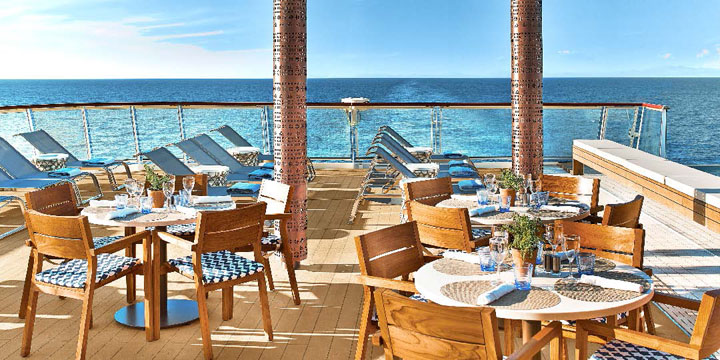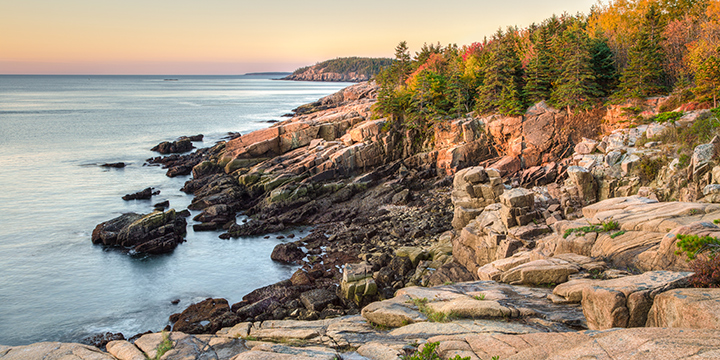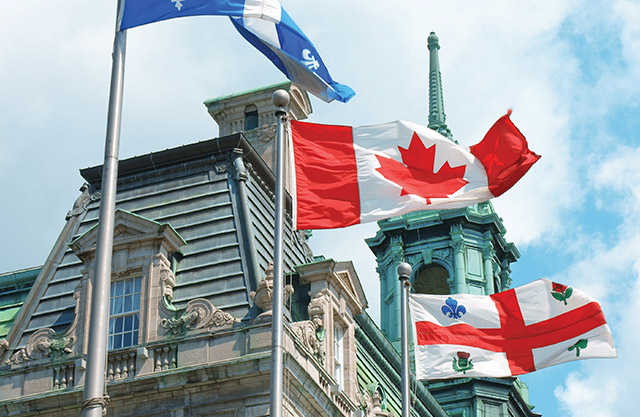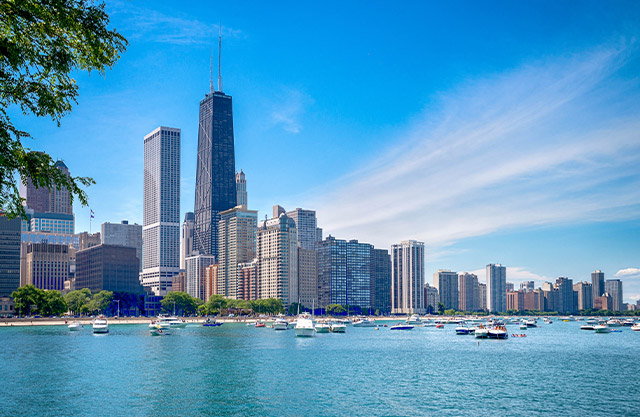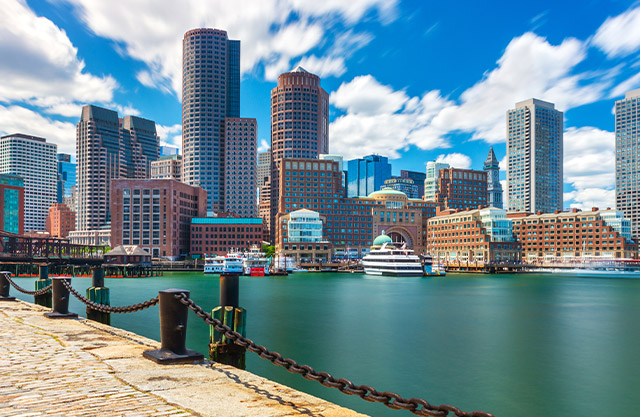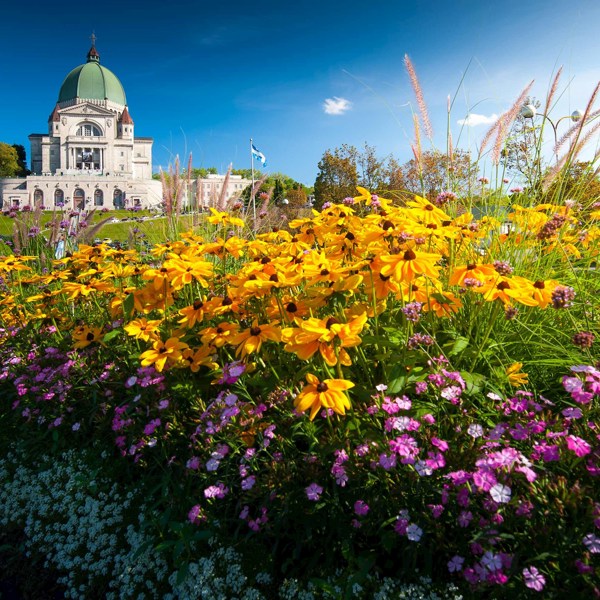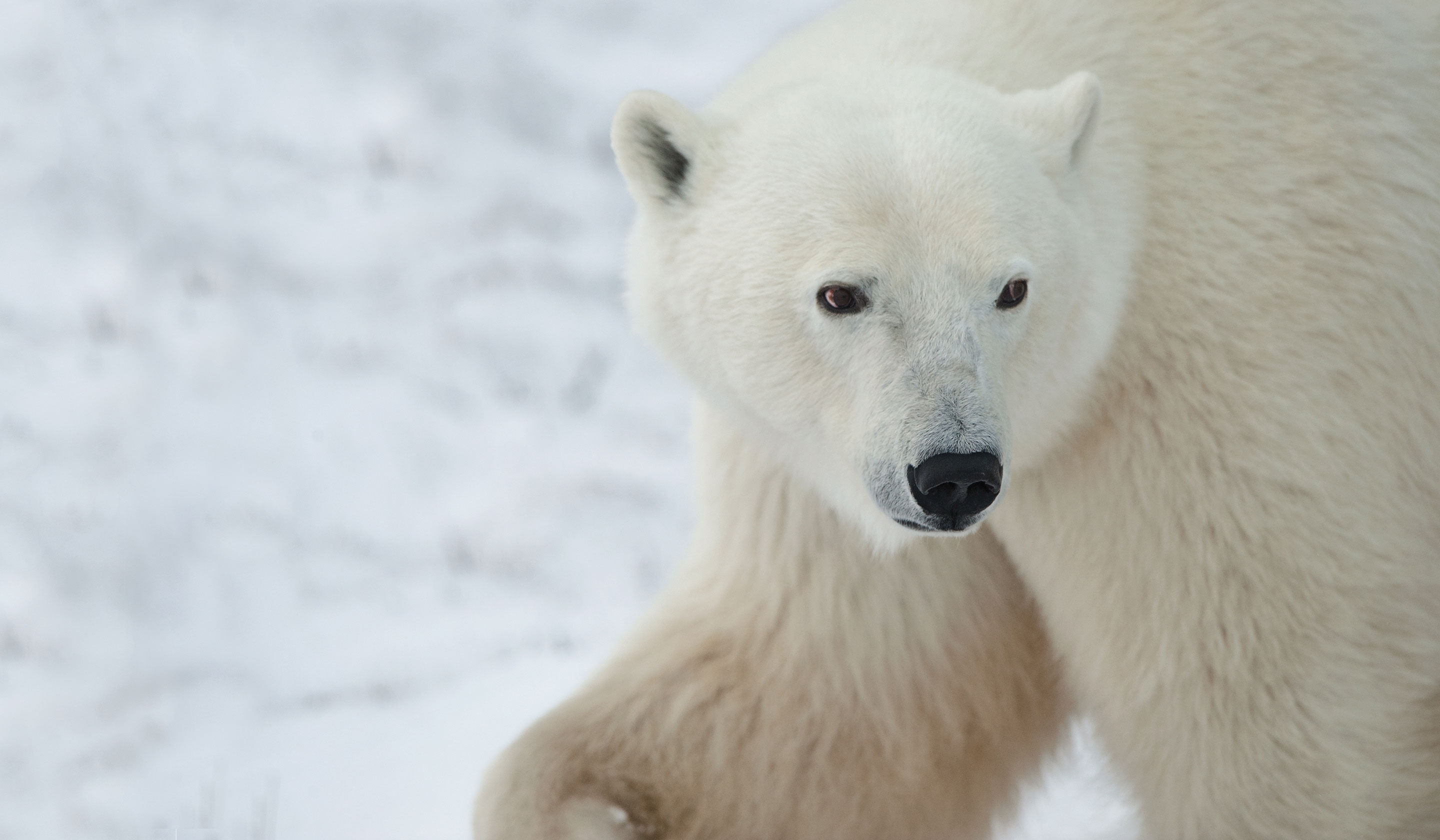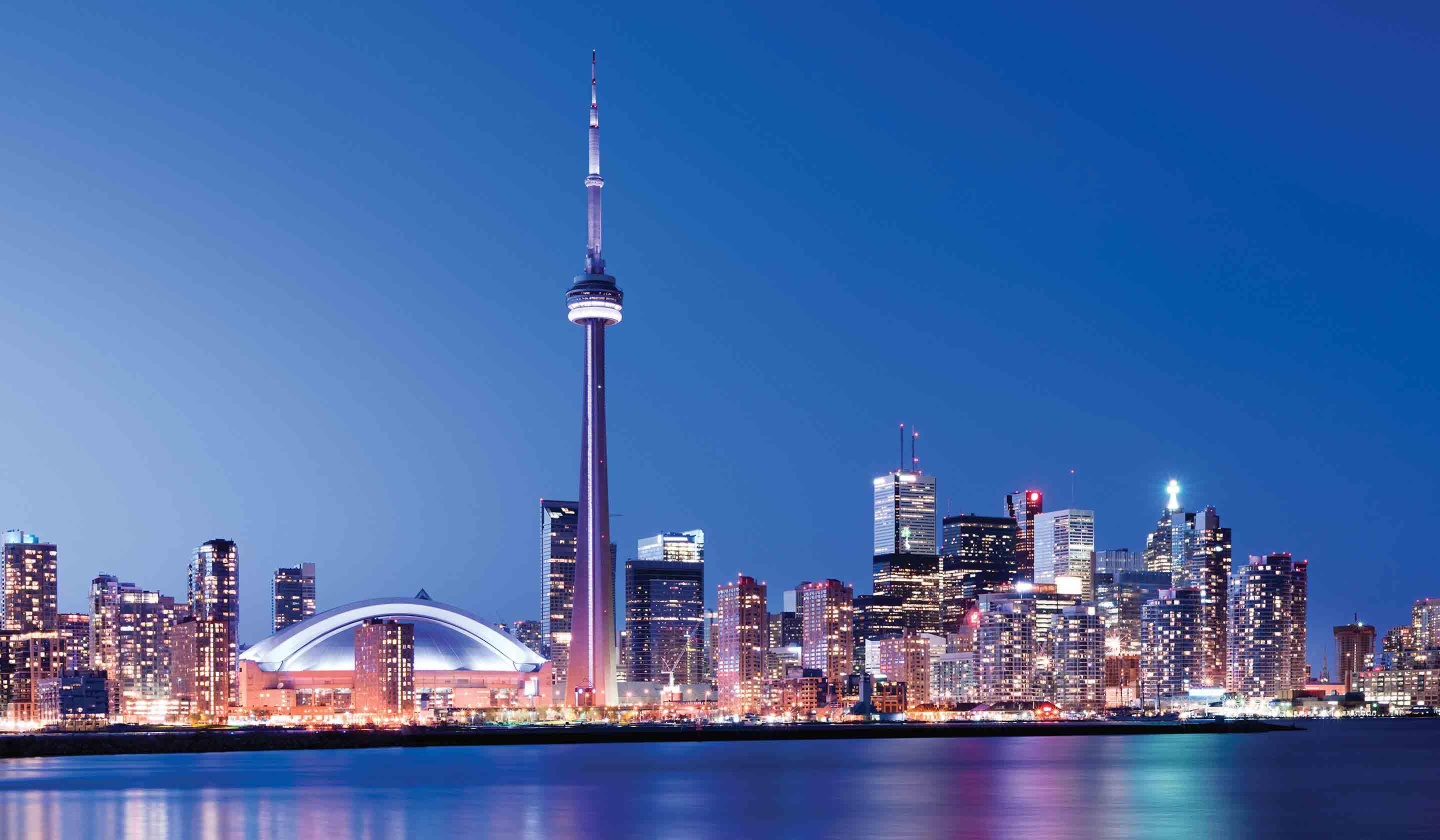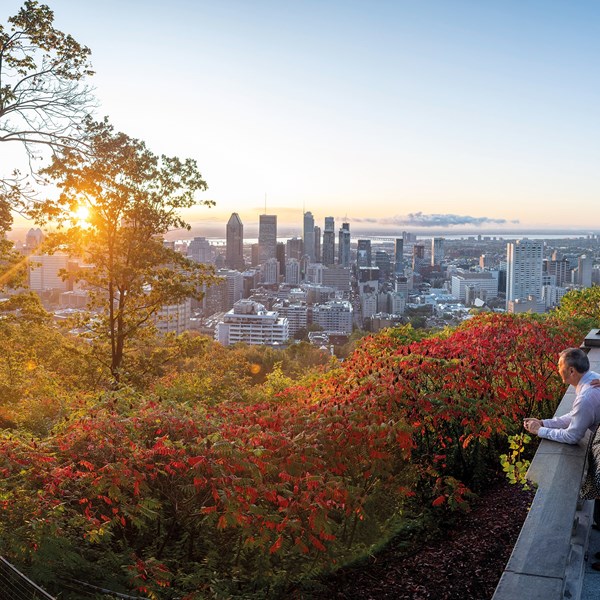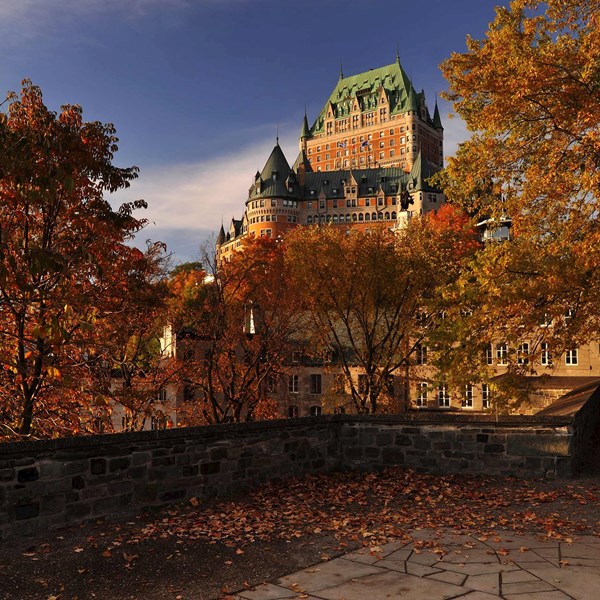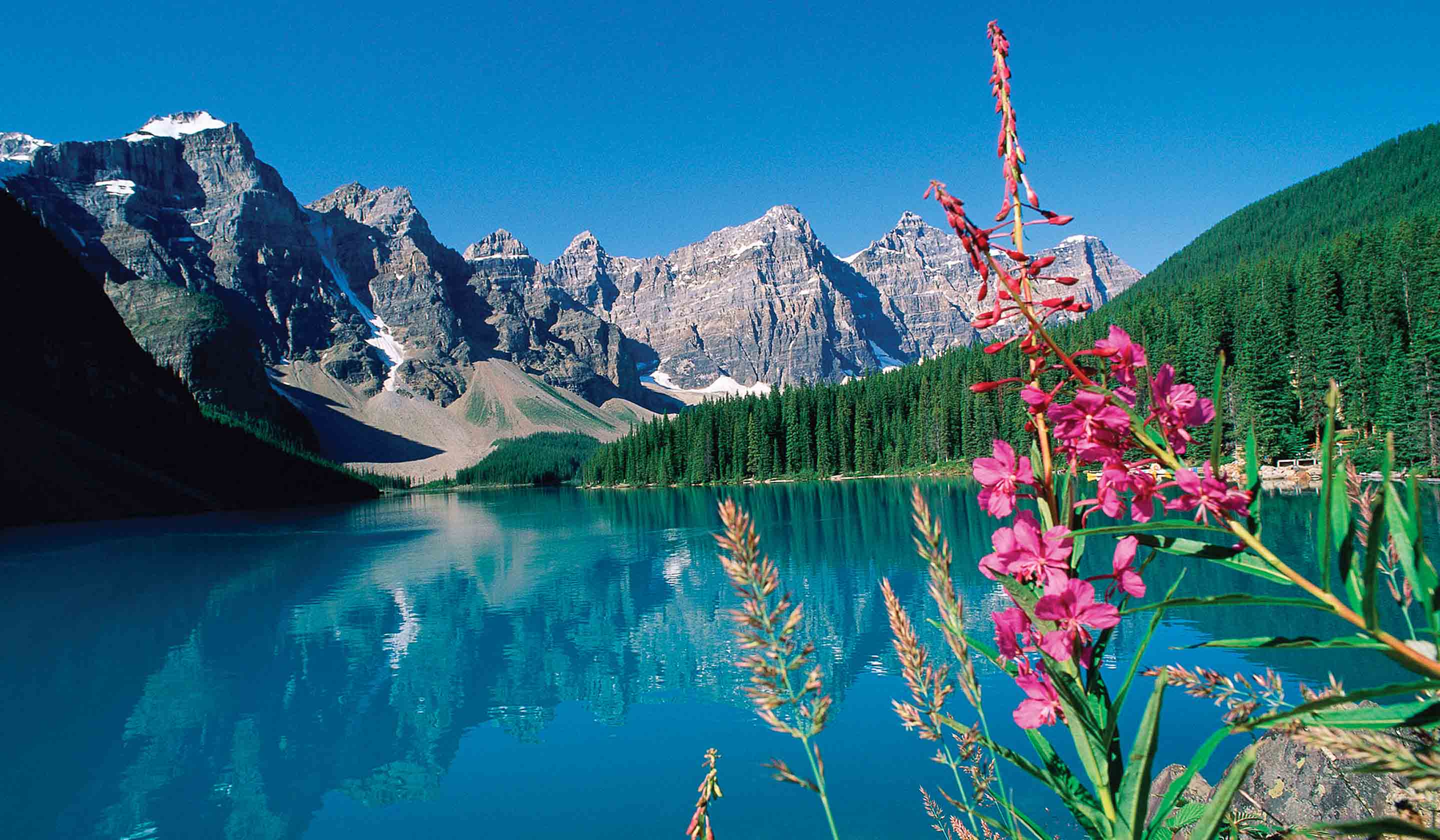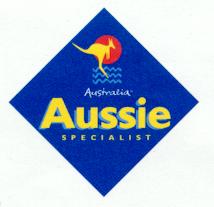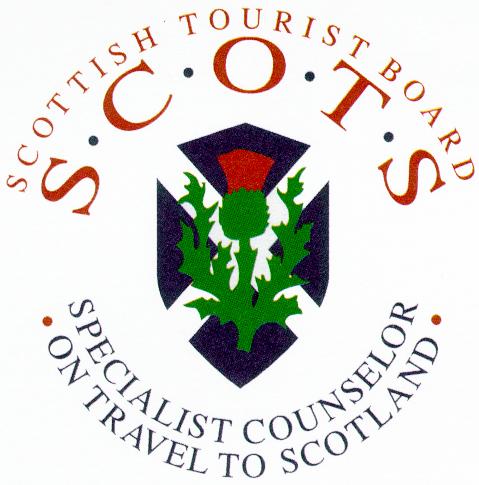


The blog for you to GETAWAY FROM YOUR EVERYDAY!!!!!
We’ll feature up to 3 destinations every two weeks. If you don’t want to do a package deal then have no fear because we can do most independently for you or what used to be call an ON YOUR OWN package.
|
|||||||||||||||||||||||||||||||
![]()
====================================
CANADA, our good neighbor to the North..."a" anybody?
Canada
The second largest country in the world, Canada offers visitors a range of experiences as varied as the land itself. It provides something to suit the taste of every traveler: large cosmopolitan cities; frozen northern tundra and snowy mountain peaks; rugged coastlines; rich farmlands; and pioneer outposts.
Canada is bound to the west by the Pacific Ocean and Alaska, to the east by the Atlantic Ocean, to the north by the polar ice cap, and to the south by the United States of America. It's a country renowned for its natural beauty, making it favorite destinations for lovers of the outdoors. The cities have been carefully designed to preserve metropolitan green belts and parklands, ensuring that Canadians are never far from their natural heritage. The country has a French and British colonial history, reflected in its cuisine, culture, and customs.
Canadian identity is mixed in with the legacy of the country's own aboriginal First Nations history. In the south, the Rocky Mountains separate Canada's two main tourist provinces of British Columbia and Alberta. The mountains abound with winter sports resorts, with the most popular venues for outdoor pursuits being the country's huge national parks. There are more than 41 national parks in Canada, with the Wood Buffalo National Park in Alberta being larger than Switzerland. Canadian national parks are unique in that they have cities and towns within the protected areas, providing comfortable bases for exploring the natural and manmade attractions.
Key Facts
Language: The official languages are English and French (spoken predominantly in Quebec).
Passport/Visa: All visitors must hold a valid passport. We recommend that passports always be valid for six months after intended period of travel. Visitors are required to hold onward or return tickets, all documents needed for the next destination and sufficient funds to cover the period of intended stay. Travelers from most visa-exempt countries arriving in Canada by air need to fill in an Electronic Travel Authorization (eTA) form online prior to travel to Canada. This is a new requirement implemented on 28 September 2016 and is applicable to all but U.S citizens and travelers with a valid Canadian visa. Canadian citizens, including dual citizens and Canadian permanent residents cannot apply for an eTA. As part of the Western Hemisphere Travel Initiative (WHTI), all travelers travelling between the United States and Canada, Mexico, Bermuda, and the Caribbean region are required to present a passport or other valid travel documents to enter or re-enter the United States. If departing from the USA a valid passport will be required by immigration authorities.
Currency: The currency used is the Canadian Dollar (CAD). Banks and bureau de change will change cash, as will some hotels. Major credit cards are widely accepted and ATMs are widespread. US Dollars are widely accepted.
Electricity: Electrical current is 120 volts, 60Hz. American-style flat two-pin plugs and a plug with a third round grounding pin are standard
Travel to Canada
Canada has an abundance of things to see and do within its vast borders. After all, few countries are blessed with such a rich endowment of natural beauty and astounding physical attractions. Complementing these are world-class cities such as the west coast gem of Vancouver, the vibrant metropolis of Toronto, and elegant Montreal. Alberta and British Columbia attract the most tourists, and the majority of travelers choose to develop their itineraries around one of the major cities. Canada is certainly a year-round destination: the warm summer months (June to August) are perfect for sightseeing and overland travel, while the admittedly icy winters (December to February) provide for some incredible skiing and beautiful snow-covered vistas. Visitors to Canada generally choose to focus on one particular region, as there are major distances to travel if you want to see everything. Canada is vast enough to fill a lifetime of holidays. Canada's attractions are as diverse as the travelers they appeal to. Sporting enthusiasts flock here for the skiing and back-country hiking, while families arrive for the laidback charm and warm welcome of the urban centers.
Climate in Canada
Being such a large country, Canada's climate varies substantially depending on which area one visits. The whole country, however, has very distinct seasons. The warmest months are June, July, and August, and in winter (December, January, and February) it is very cold, with heavy snowfalls in most provinces. Autumn is a beautiful season with crisp air and brilliant fall foliage, while in some areas spring brings the emergence of carpets of wild flowers.
Health/Safety Notes
No vaccinations are necessary for travel to Canada. Medical care is excellent but expensive, so medical insurance is advised. Most visits to Canada are trouble-free. The country is politically stable but does share the common international risk of terrorism. The crime rate is low but travelers are advised to take sensible precautions to safeguard their belongings, as they would anywhere. Canada is prone to tornadoes between May and September.
Best Places to Visit in Canada
Awe-inspiring scenery, vibrant cities and a welcoming atmosphere all make Canada a popular tourist destination. As the largest country in North America, Canada is a vast land encompassing majestic mountains, spectacular coastlines, virgin forests, spacious prairies and Arctic tundra. While much of the nation is of British and French descent, Canada is home to a mosaic of multicultural communities.
Calgary
The largest city in Alberta, Calgary is situated between the Canadian Prairies and the foothills of the Canadian Rockies. After oil was discovered nearby in the early 1900s, Calgary boomed into what is now one of Canada’s largest metropolitan areas, attracting thousands every year to its world-famous rodeo event, the Calgary Stampede. This Old West celebration is held over ten days in July with rodeos, chuckwagon races, parades, competitions, crafts and food.
Ottawa
Located at the confluence of the Ottawa, Gatineau and Rideau rivers in southeastern Ontario, Ottawa is the capital of Canada. As the nation’s capital, Ottawa is home to many financial, commercial and federal establishments including Parliament Hill, the government seat where the ceremonial Changing of the Guard takes place daily during the summer. Running right through the heart of the city, the Rideau Canal is Ottawa’s star attraction. In winter the canal becomes the world’s largest ice skating ring.
Whistler
Thanks to a couple of spectacular mountains called Whistler and Blackcomb, the Whistler resort is the largest and most famous alpine ski destination in North America. Located in the Coast Mountains of British Columbia, Whistler is a two-hour trip from Vancouver along Canada’s most scenic drive, the Sea-to-Sky Highway. At the base of the two mountains are three quaint villages, Whistler Village, Creekside and Upper Village. The Peak 2 Peak gondola transports visitors from the villages to the mountains.
Vancouver Island
Vancouver Island, named after the British explorer George Vancouver, is the largest island off the West Coast of the North American continent. Located across from Washington State, it is accessible by ferry through the San Juan Islands from Anacortes, from Port Angeles on the state’s Olympic Peninsula, or from Vancouver on mainland British Columbia. Vancouver Island is famous for the quaint city of Victoria, the gorgeous Butchart Gardens, the surf town of Tofino and the wilderness in the north, where one can catch a ferry to Prince Rupert, and another to Alaska from there.
Quebec City
Quebec City may be the capital of the Quebec province in eastern Canada, but its French heritage, architecture and language make it appear more like a charming European village. Perched on a hill overlooking the St. Lawrence River is Vieux Quebec, the city’s historic district. A walk along the cobblestone streets of the Old City offers encounters with attractions like the Citadel and the Place-Royale, the area where explorer, Samuel de Camplain, established the first North American-French settlement. The city’s icon, the stunning Chateau Frontenac, is regarded as the most photographed hotel in North America and offers tours even without an overnight stay.
Toronto
The capital of Ontario, Toronto is the most populated city in Canada as well as one of the largest cities in North America. With a large number of ethnic districts like Chinatown, Little India and Little Italy, Toronto is also one of the world’s most culturally diverse cities. The city’s main tourist draws range from impressive landmarks such as the iconic CN Tower and the fairy tale castle of Casa Loma. Additionally, the Toronto Islands are a popular destination with beaches and outdoor activities.
Montreal
The second largest city in Canada after Toronto, Montreal is the cultural and financial capital of the Quebec province. Boasting the largest French-speaking community outside of Paris, France, Montreal is a bustling metropolis comprised of a downtown district, a historic quarter, entertainment district and several distinctive neighborhoods. Montreal’s main sights include downtown skyscrapers like the Olympic Tower, the historic buildings of Old Montreal and several family attractions like theme and water parks.
Niagara Falls, Ontario
Niagara Falls is a series of three awe-inspiring waterfalls situated on the border of Canada’s Ontario and the United States’ New York. The Ontario side of the Falls is called Horseshoe Falls and offers the best views and most attractions. The immediate area surrounding the Falls is a premier tourist spot teeming in observation towers, restaurants, souvenir shops, casinos and high-rise hotels. One of the best places to view the Niagara Falls on the Ontario side is from Queen Victoria Park where the Falls are illuminated and fireworks are displayed nightly during the summer.
Banff National Park
Located in the province of Alberta, the Banff National Park is not only Canada’s first national park, but also one of the nation’s largest and most visited national parks. The park’s breathtaking scenery and wildlife draw many tourists every year along the Trans-Canada Highway, which passes through the park. Banff National Parks large concentration of wildlife includes mammals like black bears, grizzly bears, bison, moose, bighorn sheep, wolves and bald eagles.
Vancouver
Situated between the Coast Mountains and the Pacific Ocean in British Columbia, Vancouver is favored for its majestic landscapes that present a natural playground where tourists can swim in the ocean, rollerblade through scenic parks and snow ski in the mountains all in one day. The third largest metropolitan area in the country, Vancouver is one of the most popular places to visit in Canada. Vancouver’s star attraction is Stanley Park which covers a huge area of woodlands, gardens and green spaces. Some of the city’s other top sites include Granville Island’s remarkable food market and Chinatown’s vibrant array of shops.
Here';s some cruise deals:
|
|
|||||||||||
|
||||||||||
|
||||||||||
|
|||||||||||
|
|||||||||||
|
|||||||||||
|
|||||||||||
|
||||||||||
|
||||||||||
|
||||||||||
|
|||||||||||
What's on the Land?
|
|
|||||||||||||||||||||||||||||||||||||||||||||||||||||||||||||||||||||||||||||||||||||||||||||||||||||||||||||||||||||||||||||||||||||||||||
